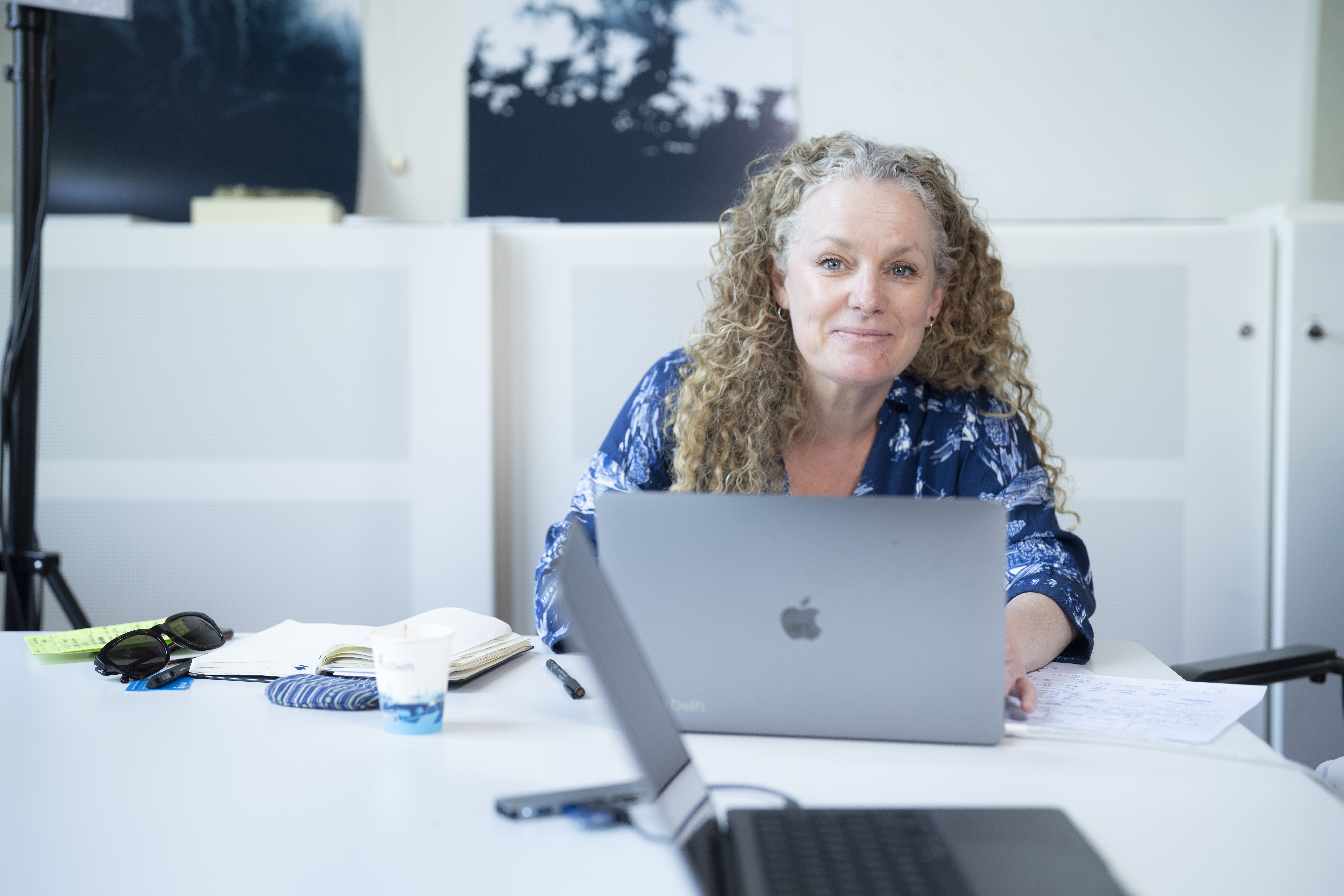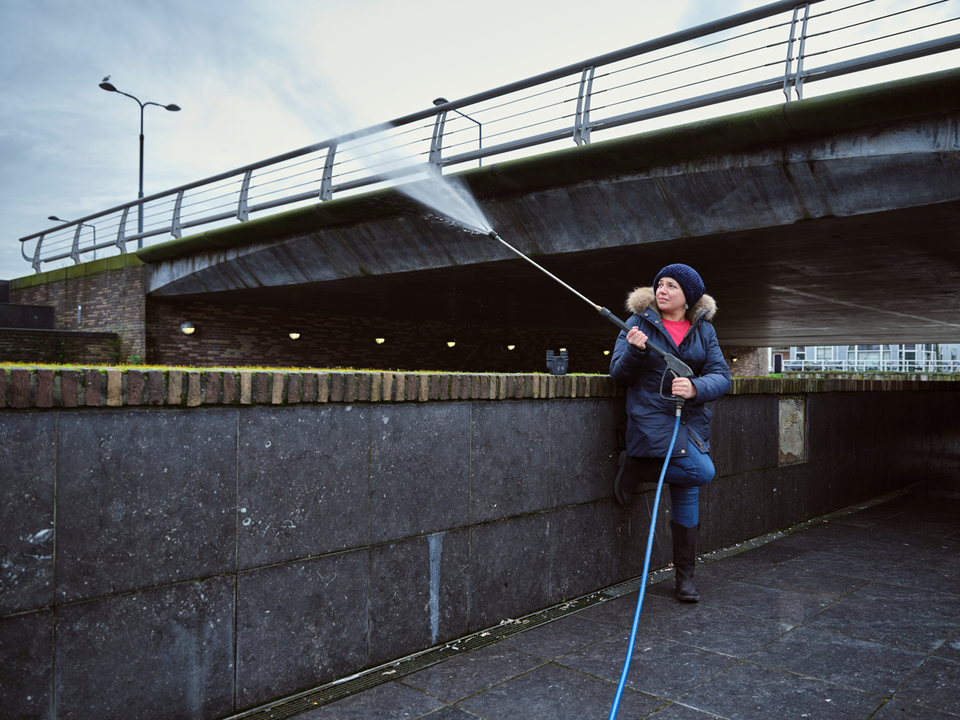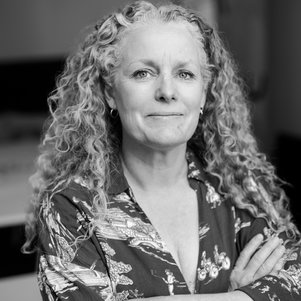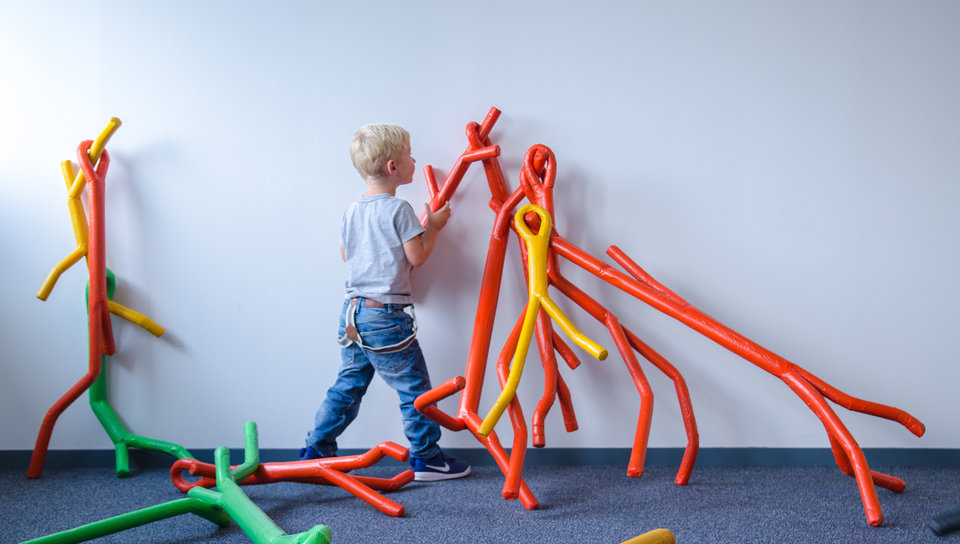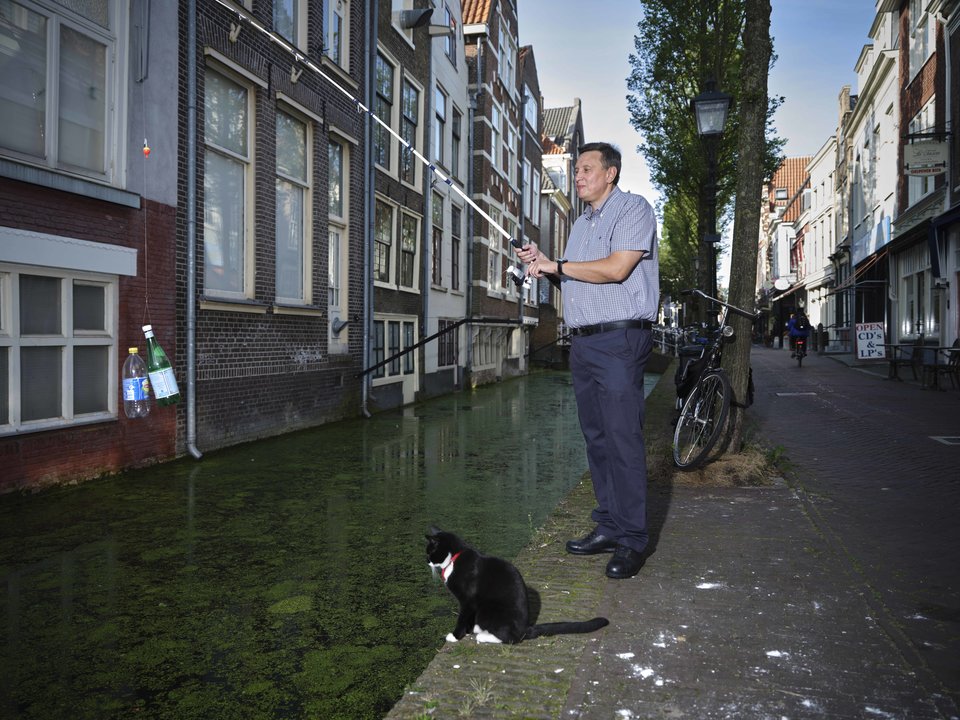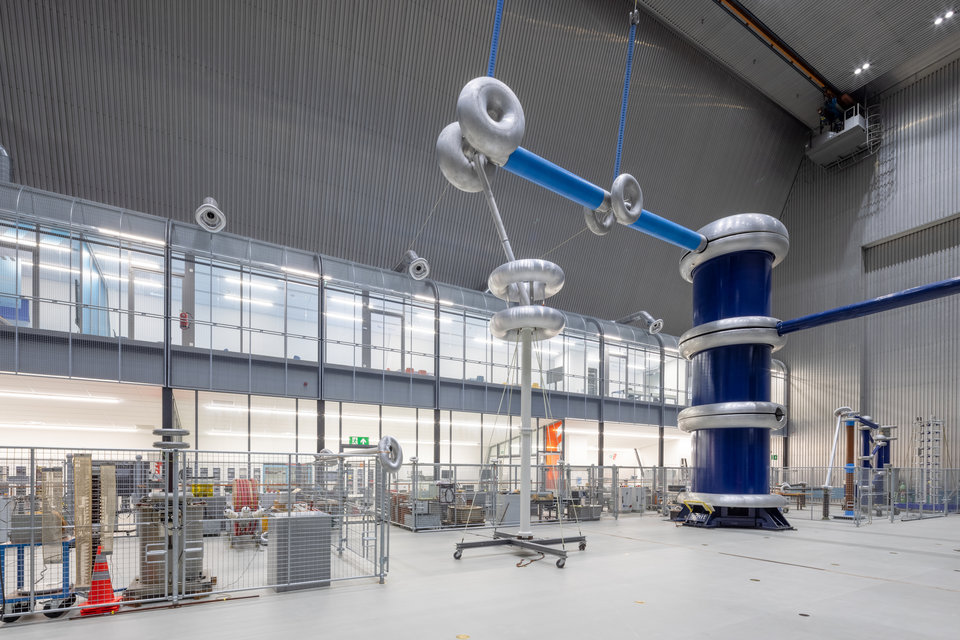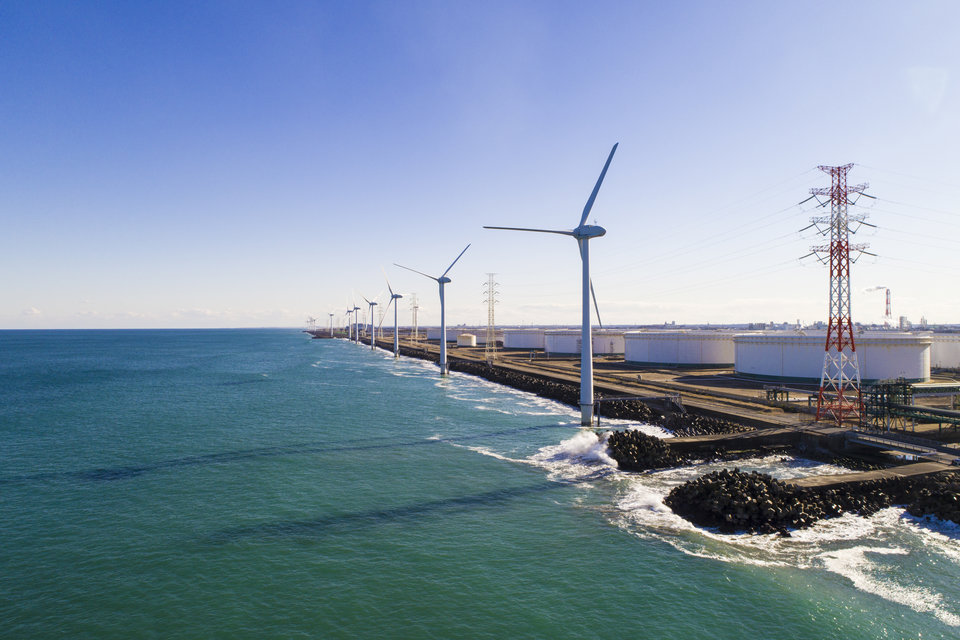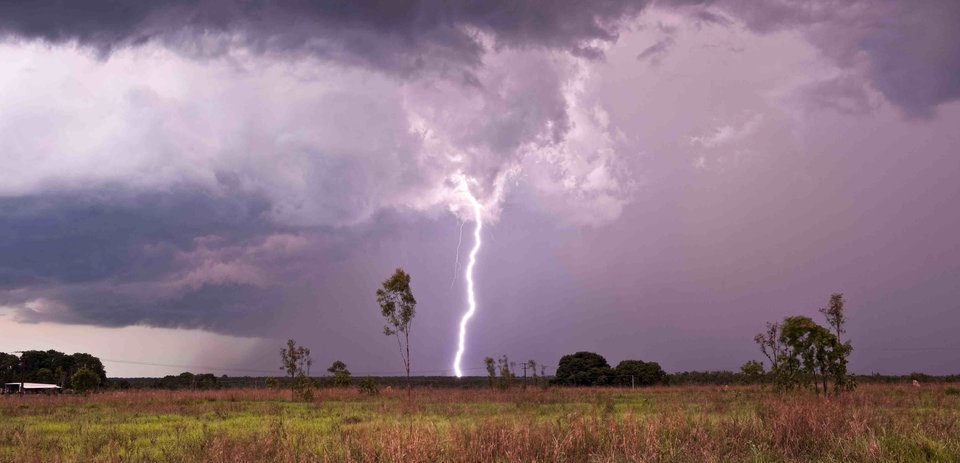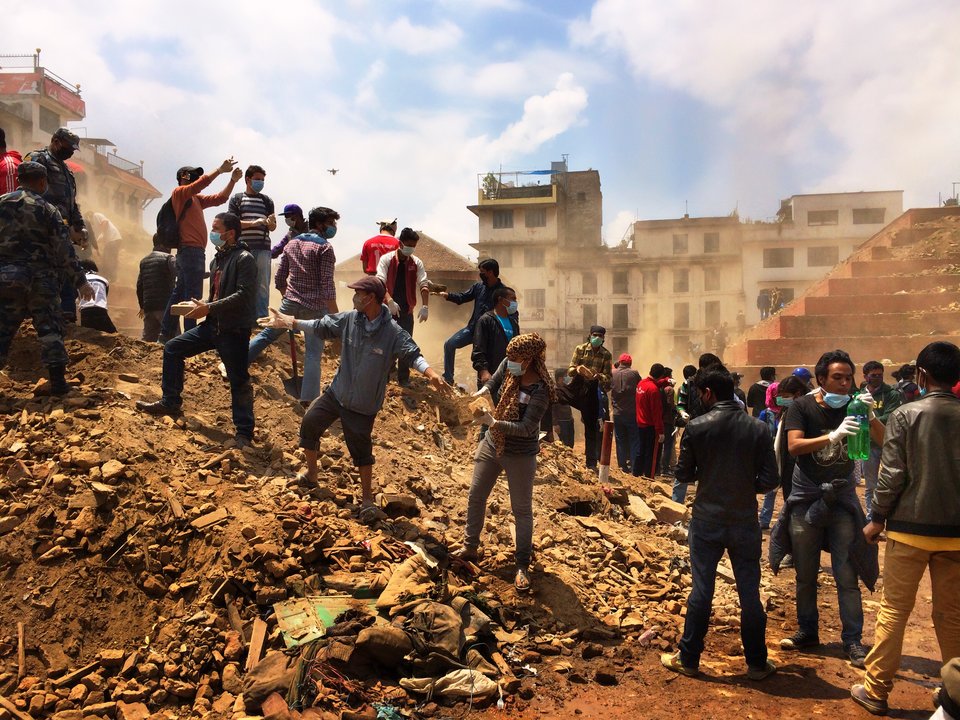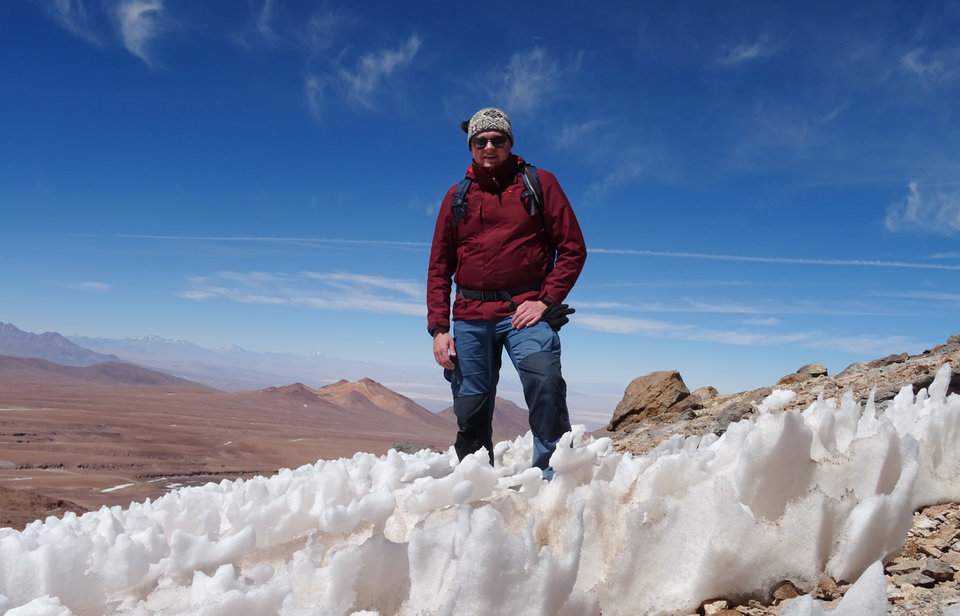“I often feel like a relationship therapist”
Rising sea levels, land subsidence, salinisation, flooding: the effects of climate change are already being felt, but they are also fraught with uncertainty. How can we prepare ourselves? “If we want to live safely in the Dutch delta in 50 years’ time, we need to look a hundred years ahead,” argues Associate Professor of Environmental Design Dr Fransje Hooimeijer. As a founding member of the Redesigning Deltas movement, she advocates the use of the power of design to address this challenge.
We are facing major challenges: the Netherlands is particularly vulnerable to the effects of climate change, which also seems to be happening faster than previously thought. Do we have the power and imagination to deal with this in our country, famous for the Delta Works? “When the Delta Works were built, the Government itself supervised the construction. That is why, for example, the design of the Oosterschelde storm surge barrier was changed to something much more innovative in response to protests from the environmental community. It is an example of nature-inclusive construction,” says Fransje Hooimeijer, who researches the integration of technical systems and spatial design in the Department of Urbanism. “In the current situation, the government commissions projects, and the project specifications are leading. This leaves little room for the necessary flexibility in these times of great uncertainty. If you design a solution for the next 30 years, you may well be overtaken by reality.”
There are other ways. For example, Hooimeijer was recently involved in a pilot project in Vlissingen as part of the European Interreg project SARCC. SARCC stands for Sustainable and Resilient Coastal Cities. In SARCC, four countries around the North Sea are working on robust and flexible nature-based sea defences. “In Vlissingen, instead of raising the dike, a street has been designed to act as a ‘river’ to reduce the consequences of water overtopping during a storm. The water is drained through this street to a place where it can do no harm, and the rest of the time it is a high-quality urban space,” she says. The solution now in place should be able to safely drain the water in the event of a dike overflow until 2070. “That’s been calculated using different scenarios of sea level rise. So it is a sustainable design that can last for a long time.”
You can only come up with such a solution if you sit down with the different disciplines, which usually means you first have to learn to speak each other’s language. What will happen, for example, if the water starts to overflow the dike? “Hydraulic engineers calculate the inundation: the depth of the overflow. As a designer, however, you need to know the exact number of cubic metres, if you want to divert the water,” she says. These differences go beyond definitions. “Hydraulic engineers have been responsible for water safety since the Water Board was created in 1798. Hydraulic engineering students are still trained in a tradition where hydraulic engineering is a condition that must be met before we design the rest of the landscape.”
Broader remit
From a spatial planning perspective, Hooimeijer has a broader remit, but these assignments can be mutually reinforcing, as in Vlissingen. “You can combine a dike design with a landscape design in such a way that the morphology of the landscape is a contributing factor to the protection level of the dike instead of just a form of decoration.”
To meet the complex, interlocking challenges of the Dutch delta landscape, we should think as designers more often. But what exactly is design thinking? “Design thinking starts with a careful observation of what is going on in an area. What is its history, what kind of people live there, what kind of problems are there? You want to arrive at a solution that satisfies all the various interests,” explains Hooimeijer. “After this assessment, you can come up with different options. For example, will you solve a lack of water storage by digging deeper ditches or by creating peat bogs? On the basis of such variants, you can then enter into discussions with the stakeholders.”
Design thinking is also at the heart of Redesigning Deltas, the movement that wants to bring back the élan of the past to the delta community. The programme kicked off in 2022 with a design study: five teams of urban planners, landscape architects and engineers were tasked with creating a design based on a sea level rise of three metres over 100 years. “This is an extreme scenario, but at the same time there are many climate uncertainties. And by looking so far ahead, we can think backwards. If those three metres become a reality later on, what does that mean for our decisions now? To understand what we need to do differently now, we have to dare to step outside reality,” says Hooimeijer.
The teams set to work on five delta areas: Zeeland, Limburg, the city and port of Rotterdam, the polders of Midden-Delfland and the Waal area. They looked not only at water safety, but at the complete package of housing and building, living and working, the supply of drinking water and the production of energy, the infrastructure adaptations that would be needed and the resulting environmental and socio-economic consequences. “You can then choose different strategic spatial interventions to deal with the water, like raising or building a dike, or giving the river more room instead, or perhaps abandoning an inhabited area and using it in a different way.”
“To understand what we need to do differently now, we have to dare to step outside reality”
Fransje Hooimeijer
The five areas, each with its own scale and challenges, were explored by different teams. Through group discussions and other forms of work, a common strategy and manifesto were then formulated. “This way of collaborative working goes beyond dialogue: it leads to a real integration of disciplinary knowledge. It also makes it possible to scale up from local spatial qualities and challenges to a regional strategy, rather than formulating top-down policies as is common today.
The five innovative designs that emerged from the study, which were then exhibited at the International Architecture Biennale in Rotterdam, can still be viewed online. At least as important, however, is the manifesto of common principles that the group formulated. “The realisation that we may have to make painful choices about what to protect and what to adapt or even leave behind, that we design the delta from the bottom up, starting with the soil and water system. Then we look at the subsoil and topsoil as a coherent system,” Hooimeijer lists. Another starting point is the so-called delta paradox, meaning that the need for control and safety must be reconciled with the dynamic, unpredictable delta system.
That design can act as a unifying discipline for a highly interdisciplinary task was another important outcome of the process. “We showed that this approach allows you to pool design power at a higher level and to create much more coherence. The National Delta Programme, with whom we shared the results, had also not considered design as something that could be helpful,” says Hooimeijer. “We now want to start offering our services as a design think tank to carry out coherent studies within other projects.
It is a break with the past. No Spatial Planning Memorandum has been written since 2004, and the Ministry of Housing, Spatial Planning and the Environment (VROM) was dissolved in 2010, under the pretext that “the Netherlands is finished.” Hooimeijer: “This did not help the social commitment of the design world. We are now in a reverse movement, but it is still very much a quest.”
Knowledge broker
If anyone can facilitate this process of getting people around the table and getting disciplines to work together, it is Hooimeijer. “I am a good boundary worker, a knowledge broker. I jokingly call myself a relationship therapist.” It is because of her broad background, she believes, calling herself “not a typical theoretical scientist.” She thought VWO, or preparatory scientific education, would be too theoretical, but she still chose mathematics, physics, chemistry and drawing as subjects at secondary school. She studied architectural design at the Willem de Kooning Academy in Rotterdam and then the theory of architecture and urban planning at Erasmus University’s Arts and Cultural Studies programme. During her studies, she also immersed herself in metropolitan tasks at Columbia University in New York. After graduating, she became an independent researcher for municipalities and businesses, as well as initiating her own projects. Together with the architectural historian Mariette Kamphuis, she wrote a book about the Crooswijk cemetery. She also organised the Manifestation Water Project 1854-2001 about the canal system designed by the city architect W. Rose, which integrated water management and urban planning. It was here she met Han Meyer, professor of urban planning and later founder of the Delta Urbanism research group. “I was his first PhD candidate,” she says.
“Over time, we started to manipulate the natural system more and more because it was technically possible”
Fransje Hooimeijer
Guided by Meyer and hydrologist Frans van der Ven, she studied the relationship between urban design and water. “An important conclusion was that in the Netherlands, over time, we started to manipulate the natural system more and more because it was technically possible,” says Hooimeijer. “Municipalities have land prepared for building by means of sand elevation. In this way, any urban design can be realised anywhere, because the landscape with all its characteristics is being covered.” But if you separate the design from the natural hydrology, something is lost: the urban water system will not be able to react flexibly to changing conditions, such as increasing flooding. In fact, Hooimeijer has been working for 20 years to reverse this disconnect. “It takes a long time to see things change,” she observes.
This is something she now sees changing in those she teaches. “In multidisciplinary projects, we get the students to think about how to use hydraulic engineering knowledge while taking into account nature and spatial quality, so that it becomes more than just an infrastructure project. You notice that they find building with nature very important and want to pursue this later in their work as hydraulic engineers.” What is often still difficult, and not just for students, is the issue of values. “We should have a better idea of how to reconcile the value systems of different disciplines. Think of sustainability, which is always a difficult issue for students. It’s not static either, what you consider sustainable depends on the value system you use. You have to keep talking about it and work towards a balance. Or take housing. It plays an important role in the development of the Delta, but at the moment we have a broken housing market where houses are an asset and not a basic need. We really need to have these discussions about values in the Netherlands.”

